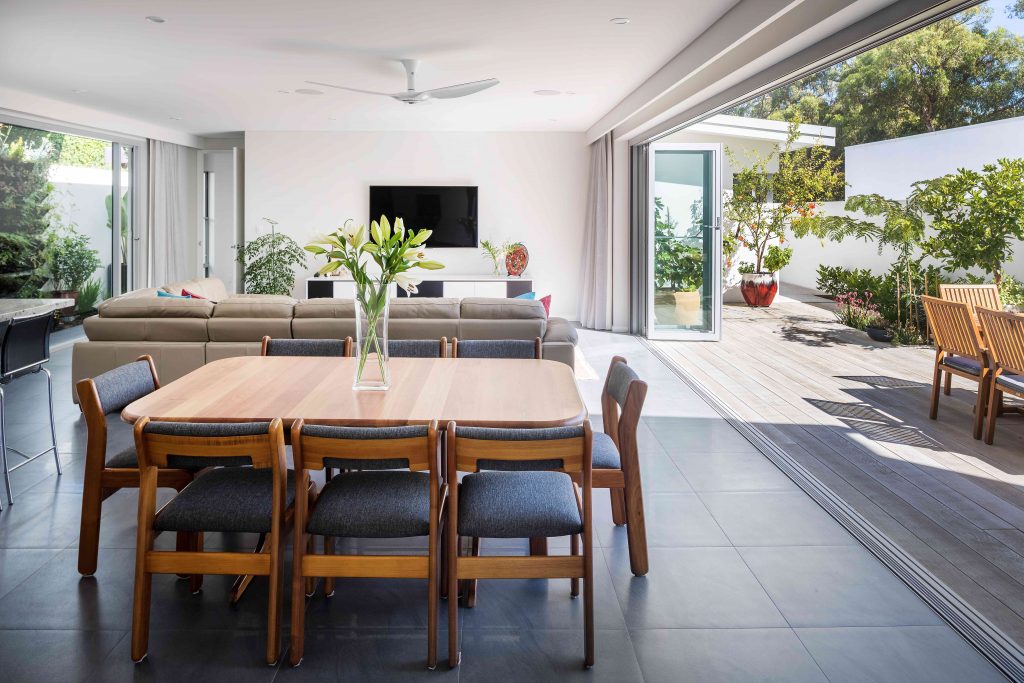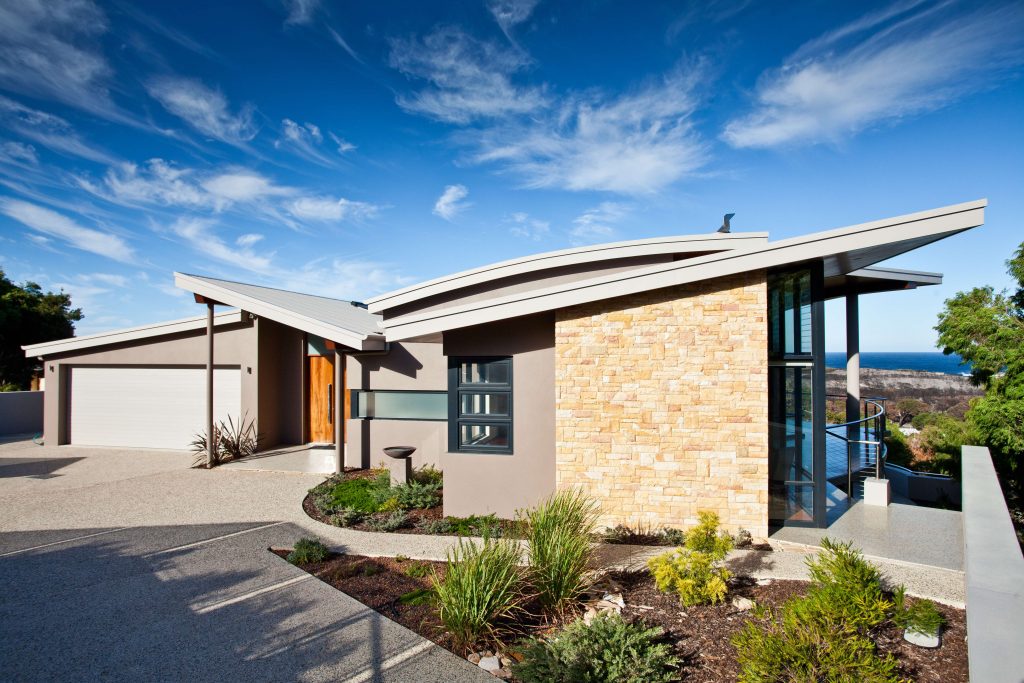 (Image: Solar Dwellings. FLOREAT. 2018)
(Image: Solar Dwellings. FLOREAT. 2018)
Over 9 million homes exist in Australia and are responsible for 23 per cent of electricity use and around 11 per cent of Australia’s greenhouse gas emissions.
Many of these were built prior to national minimum energy efficiency regulations introduced in 2003 which means they cost more to run, are less health (natural light and ventilation), less thermally comfortable and emit higher emissions than those newly constructed (approx. 200,000 new dwellings per year).
Nationally consistent policy options are being considered as part of the Trajectory for Low Energy Buildings to help reduce the emissions profile of existing homes in Australia making them zero energy (and carbon) ‘ready’.
“Zero energy (and carbon) homes have an energy efficient thermal shell, high efficiency major fixed appliances and are at least ‘ready’ to achieve zero net energy usage annually by combining renewable or decarbonized energy systems (on or off-site).”
 (Image: Solar Dwellings. GNARABUP. 2012)
(Image: Solar Dwellings. GNARABUP. 2012)
But getting the design right always comes first. Griff Morris who leads multi-award-winning building design firm Solar Dwellings in Perth has worked with home-owners and builders to optimise design and liveability outcomes for almost three decades. The sustainable homes designed by Solar Dwellings are accessible for all budgets, from first homes builders through to luxury appointed.
Griff also knows how important solar passive design is to long-term affordability and comfort of occupants.
“This awareness in the value of good passive solar design has grown over recent years as people seek to inform themselves.”
Understanding the design principles of good passive solar design is generally misunderstood by the building industry as well as the general public. In following the principles of passive solar design, it is unusual that a home would require heating or cooling for more than 8 – 10 days of the year.
“Essentially, people can cut their energy running costs by up to 70 – 80%”, Griff says.
However, more can be done to better inform consumers (buyers, sellers and renters) so they understand how to make better real estate choices now.
It seems there is overwhelming support for a national voluntary disclosure system that would measure, benchmark and communicate information on the energy performance of existing homes, especially at the time of sale or lease.
Research conducted by the CSIRO (The Commonwealth Scientific and Industrial Research Organisation) and Common Capital on behalf of the EnergyFit Homes initiative, showed that 92 per cent of housing consumers want energy efficiency details revealed in building inspection reports; 82 per cent at open inspection; and 72 per cent in property advertising, with half of home buyers and renters willing to pay for this information.
As the cost of living increases (rising power bills etc), an exciting new opportunity is opening up in today’s real estate market for healthy, efficient, comfortable homes that are more affordable to live in and are connected to community.
The Liveability Real Estate Framework was developed from within the property marketing industry and is now owned and supported by CSIRO.
“Liveability is all about finding or creating your best home – one where you and family can thrive”.
The award-winning Liveability Real Estate Specialist Training program up-skills existing sales agents and property managers to identify, appraise and list an additional 17 Liveability Features.
 (Image: Solar Dwellings. BEDFORD. 2018)
(Image: Solar Dwellings. BEDFORD. 2018)
These new Liveability Features (The 17 Things) offer the potential for increased comfort and reduced running cost if used correctly by the occupant. They cover location, floor plan and layout, key building structure elements, important energy and water efficiency devices and energy ratings.
This new specialisation in residential real estate for sales people and property managers is relevant for new and existing homes. Graduates are widely considered to be the next generation of real estate agents as they are able to provide real knowledge and understanding of these new Liveability Features to buyers and renters as part of a richer customer experience.
To learn more and how to promote these features in your next home contact Chiara directly. 0419 953 079 | chiara@communitywestre.com.au
Author:
Chiara Pacifici has spent over two decades in residential real estate and property development. Chiara has an extensive background in sustainable design and construction working with developers, training fellow agents, advocated government for legislative policy change and leading customer research. She is the Licensee, and Director at Community West Real Estate. As a Liveability Real Estate Specialist Chiara has been trained to identify, appraise and sell an additional 17 Liveability Features, knowing how to recognise them and why they are important for occupants and re-sale value.
